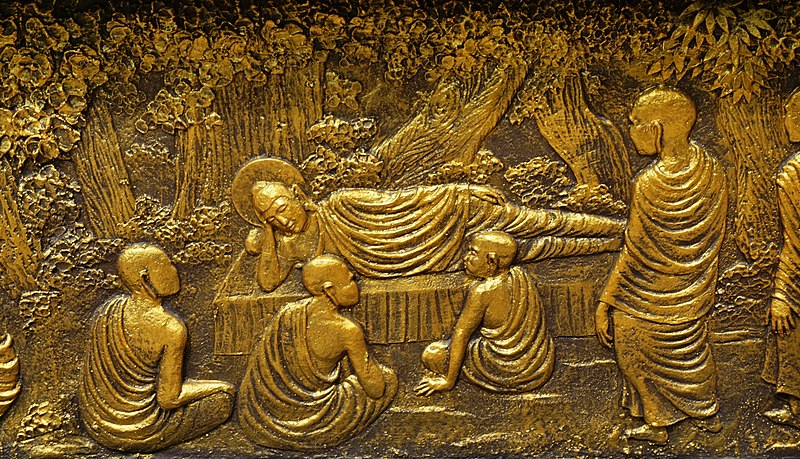The Buddha’s first disciples

Who were the Buddha’s first disciples?
The Buddha’s first disciples, recognized as the "Arahants" or "Elders," played a crucial role in disseminating his teachings. Upon enlightenment, the Buddha reached out to his former companions, who shared his ascetic journey. Five gathered at the Deer Park in Sarnath, where the Buddha expounded his inaugural sermon, the Dhammacakkappavattana Sutta. This pivotal event marked the official establishment of the Sangha.
The initial quintet of the Buddha's disciples frequently denoted as the "Pañcavaggiya" or "Five Ascetics," comprised Kondanna, Vappa, Bhaddiya, Mahanama, and Assaji. In response to the Buddha's discourse, Kondanna achieved the initial glimmer of enlightenment, emerging as the very first monk to be ordained by the Buddha.
While the Buddha persisted in his teachings and journeys, an increasing number of individuals embraced the monastic fold. The Buddha's circle of disciples expanded to encompass his kin, companions, and even those from diverse social strata. Notable among them was Ananda, who eventually assumed the role of the Buddha's attendant, and Upali, originating from a humbler caste background.
The Buddha’s first disciples propagated his teachings across the expanse of ancient India. Venturing into various regions, they diffused the Dharma and laid the foundation for monastic communities. This dedicated effort played a substantial role in fostering the expansion and development of Buddhism.
The Buddha’s first disciples held a pivotal position in laying the bedrock of the Buddhist tradition and safeguarding the infinity of his teachings. Their unwavering commitment, profound understanding, and zealous dissemination actively molded the trajectory of Buddhism's historical journey and its profound influence on the global stage.










